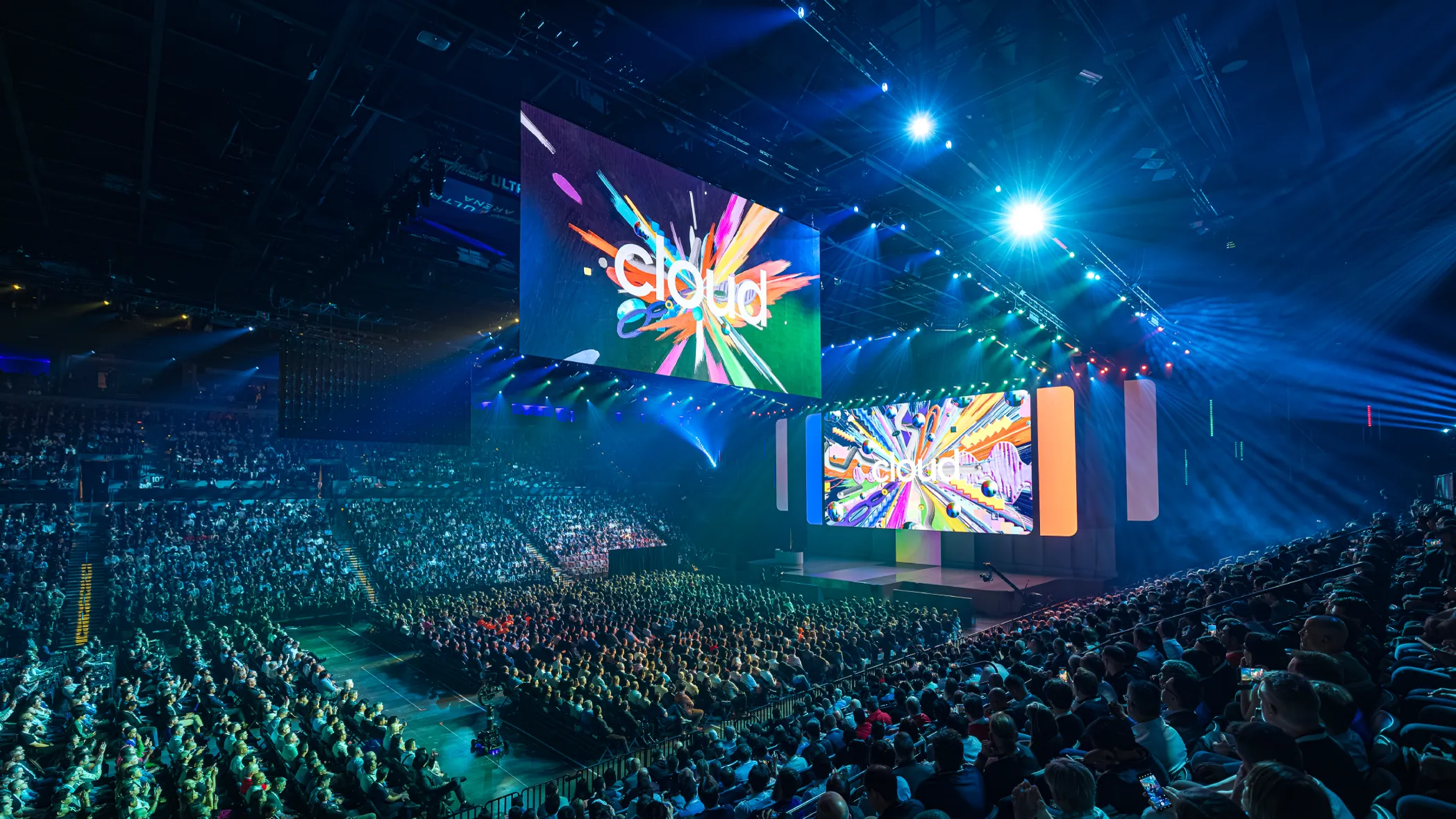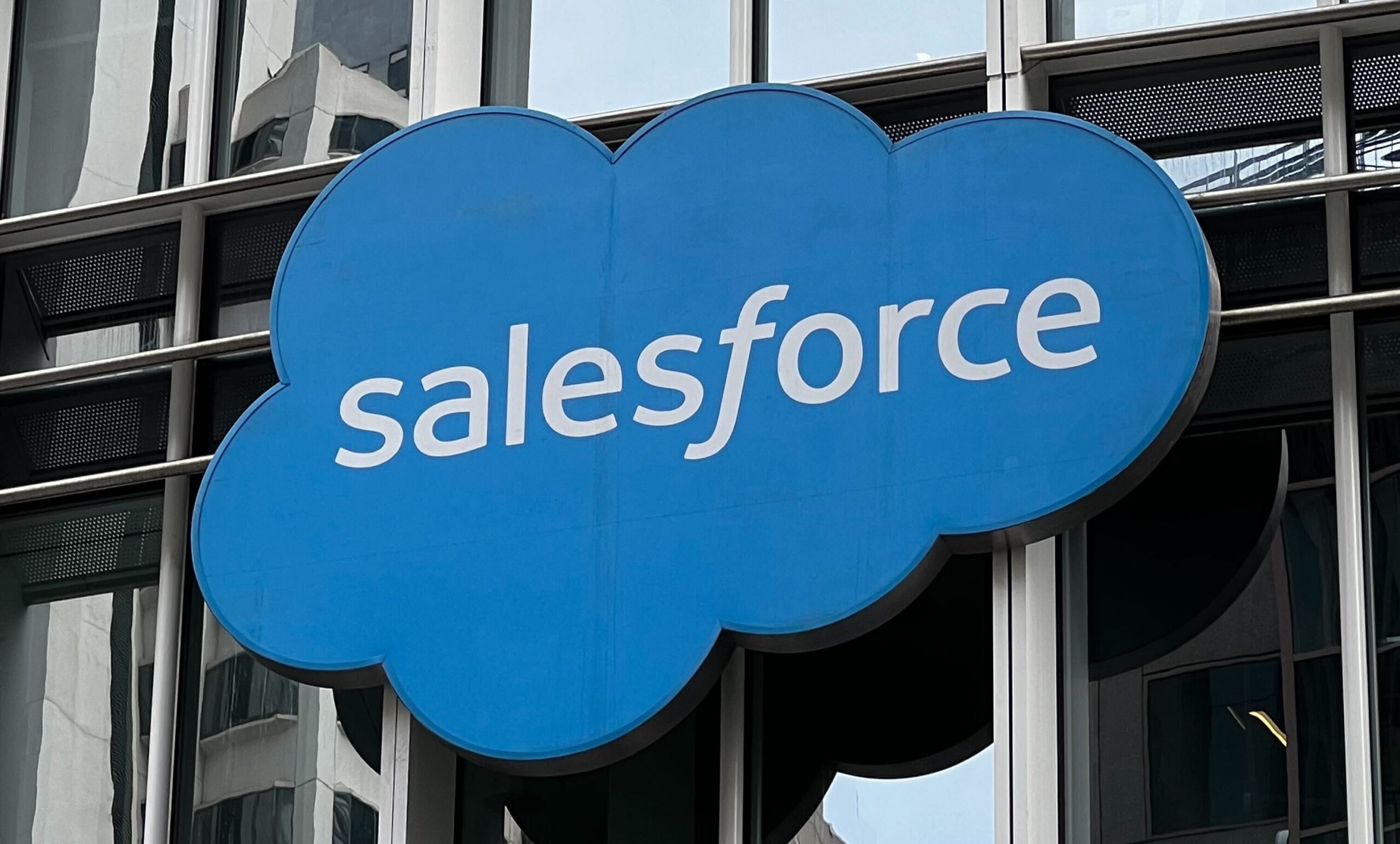Analysts identify key takeaways from Google Cloud Next 2025

While I couldn't attend Google Cloud Next 2025 in Las Vegas in person, I closely tracked the announcements and spoke with several seasoned analysts to get their take on what stood out. From new chips to security moves, here's what they thought were the biggest headlines.
Note that I deliberately left out the Agent2Agent protocol out of this discussion because I covered that in my ForwardThinking commentary in last week's newsletter.
Big cloud security push
Perhaps it’s not surprising that Google had a good story to tell around security. The company just acquired Israeli multicloud security startup Wiz for $32 billion. While that deal has a long way to go to pass regulatory muster, that doesn’t mean that Google can’t partner with Wiz in the interim.
That partnership certainly caught the attention of longtime cloud consultant, David Linthicum. “Security enhancements with Wiz Integration, meaning integrating Wiz technology into Google Cloud’s multicloud security offerings, marked a significant step forward,” he said. “It provides proactive monitoring and unified visibility into vulnerabilities across public, private and hybrid clouds.”
Ray Wang, founder and principal analyst at Constellation Research, was also impressed with Google Cloud’s security offerings, calling them the top security provider of the Big 3 cloud infrastructure vendors – Amazon, Microsoft and Google. “Google security is now the best in the business,” Wang said. He added that the Wiz integration positions Google to target Wiz deployments on rival clouds.
Strengthening on-prem and multicloud strategy
In a week where I wrote about Akamai CIO Kate Prouty’s mission to bring public cloud workloads back on-prem, Google Cloud appears to be easing the path for companies operating in on-prem environments—an ironic move for a cloud-first provider.
Patrick Moorhead, founder and principal analyst at Moor Insights and Strategies thinks Gemini on Google Distributed Cloud is a big deal. “This enables companies to run Gemini models and Vertex AI on-premises and disconnected on Dell servers with Nvidia GPUs. This is huge,” he said.
Linthicum also sees the distributed cloud announcements as notable, giving customers a way to distribute workloads any way they like using Google Cloud tools as the glue holding it together. “Google is doubling down on its multicloud strategy with updates to Google Distributed Cloud (GDC). The platform now supports faster deployment of workloads across on-premises, edge and multicloud environments, while maintaining seamless integration with Google Cloud services,” he said.
Moorhead points out that companies still have 70-80% of data on-prem, even after more than 15 years into the cloud revolution. “Some of it is due to technical debt, control, perceived security issues and cost. AWS and Microsoft want you to upload your data, and Google is building out its on-premises capabilities. Enterprises want choice,” Moorhead said.
TPUs make a comeback with Ironwood
Google was one of the first companies out there with its own chips, developing TPUs (Tensor Processing Units) in 2015 for use in-house before making them publicly available on Google Cloud three years later. Over the years, they have been outflanked by Nvidia’s GPUs, but the TPUs are still around and Google Cloud announced its latest iteration, dubbed Ironwood, at GCN.
As Google described it in a blog post announcing Ironwood, “Today at Google Cloud Next 25, we’re introducing Ironwood, our seventh-generation Tensor Processing Unit (TPU) — our most performant and scalable custom AI accelerator to date, and the first designed specifically for inference.”
Moorhead sees a big cost advantage with this new chip, although he acknowledges that he has not been able to test Google’s claims yet. Wang called Ironwood, “TPU to agents on one mega stack.”
Where Google Cloud stands against rivals
It’s no secret that Google has been running a distant third in the cloud infrastructure market with 12% share, well behind Amazon at 30% and Microsoft with 21%, per Synergy Research data. The question is, will GCN 2025 help Google catch its rivals?
Linthicum doesn’t see any of the cloud companies doing enough with AI yet, including Google. “Overall, they are all too slow to innovate around AI other than buying AI companies and supporting some open-source technologies. Public cloud providers need to be the “easy button” when it comes to AI, and enterprises are finding that the public cloud platforms are not living up to expectations,” he said.
But Wang is more positive about Google in particular. “Google’s tech is now ahead of AWS and Microsoft. They just need to improve their GTM (go to market) sales and double down on partners,” he said, something that CEO Thomas Kurian, who spent two decades at Oracle before joining Google Cloud in 2022 should be able to help with.
As Wang sees it, Microsoft has the best sales team, AWS the best partnership program and Google the best tech. They just have to execute, he says. Google has always had the advantage of building some of the largest cloud businesses in the world, yet has had trouble translating that into enough enterprise business success to take a serious run at its competitors.
Last week’s announcements probably won’t move the needle by themselves, but if Google can connect its technical strengths with stronger go-to-market strategies, it could finally begin to shift the balance in enterprise cloud in its favor.
Featured image courtesy of Google Cloud.





